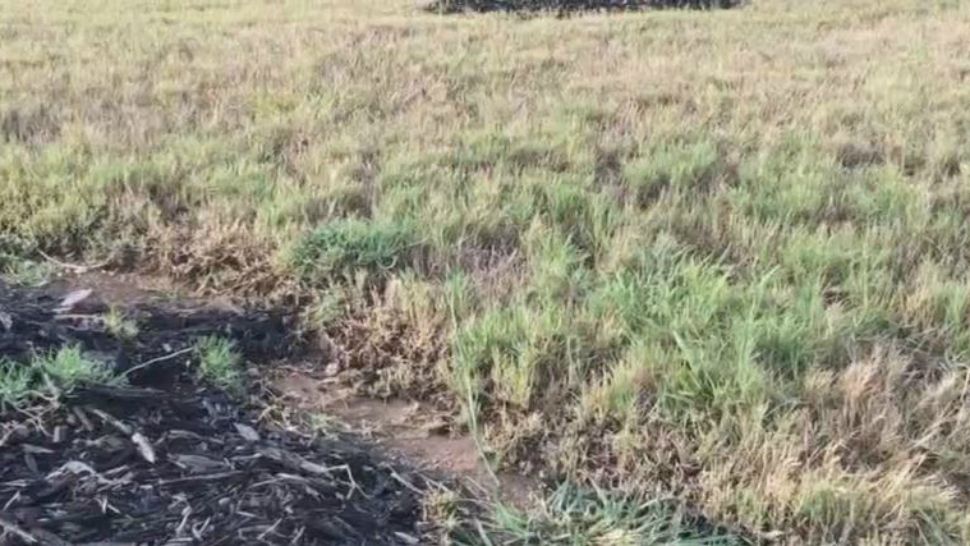In my 23 years in Florida, I’ve seen some very dry winter months, times when it is hard to maintain a lawn and the ponds go dry. Normally, this is a good thing for tourism as people flock to our warmer climate and enjoy the Sunshine State. However, months of dry weather can cause problems with watering restrictions and forest fires as well as keeping your lawn green.
We’ve been fairly wet over the last several years and winter dry spells have been short. But droughts in the late 1990s and early 2000s taught us how Florida’s growth and the lack of rain can cause serious problems.
The outlook for the winter of 2020-2021 is dry for Florida. Normally, we don’t get much rain this time of year, so it doesn’t take much to be below normal.
The La Niña in the Pacific is well underway, as evident by the active Atlantic hurricane season. A La Niña usually brings us drier and warmer weather in the winter and spring months. The opposite Pacific pattern, El Niño, is usually when we get our wet and stormy winter months.

The long-range outlooks from the European model and the NOAA Climate Prediction Center call for below-normal rainfall and I don’t see any reason to disagree this year.

Of course, we will always get minor rain events and cold fronts coming down that can trigger showers and thunderstorms, but the overall climate should be dry well into 2021. The Climate Prediction Center calls for us to have below normal rainfall all the way until June 2021! Get your irrigation system up to par before you need it.

Normal Rainfall
- November — Normal: 1.55” (driest month of the year), Wettest: 6.12” (1963), Driest: Trace (1960)
- December — Normal: 2.47”, Wettest: 15.57” (1997), Driest: 0.07” (1984)
- January — Normal: 2.23”, Wettest: 10.39” (1948), Driest: Trace (1950)



